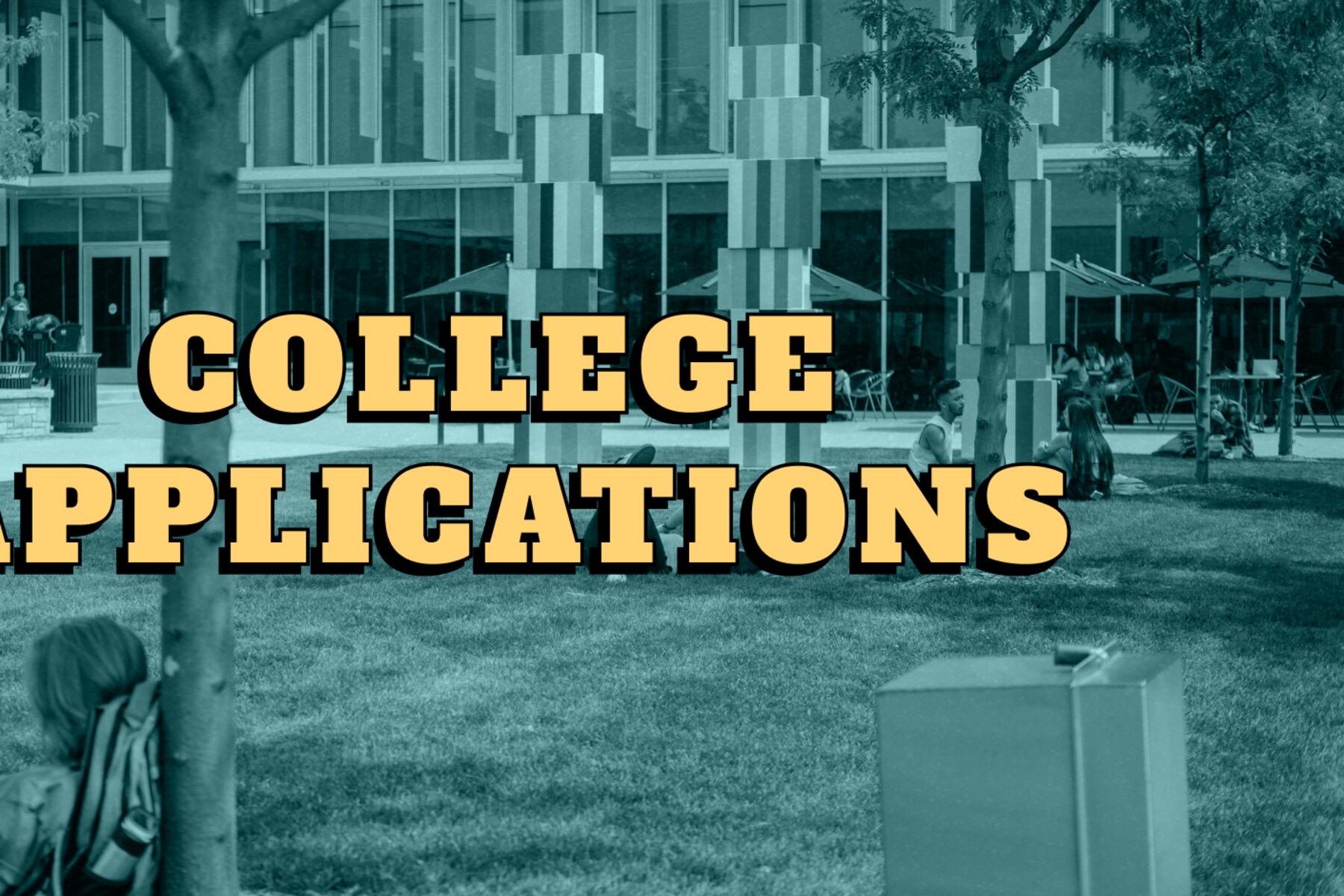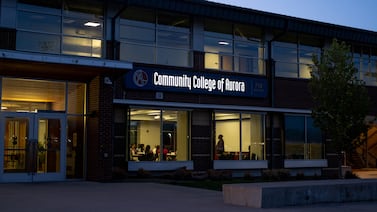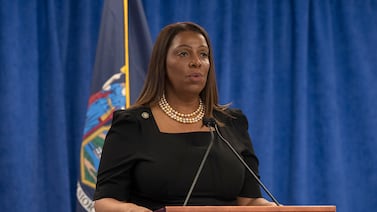As college application season begins, teacher and columnist Dr. Kem Smith offers advice for teachers helping students navigate this exciting and sometimes emotional time. She’ll return to answering your questions next week. You can submit them here.
There are nearly 6,000 colleges and universities in the U.S. Students entering universities have to narrow their choices to one.
This major life decision does not have to be overwhelming if students are prepared to select the right college. It’s important to remind students that academic programs are only one part of what schools offer. There are more criteria that separate colleges and universities.
As a teacher-parent who helped my children as well as thousands of high school seniors to make their college choices, I start by asking the students to consider what is most important and to rank the following categories from 1-5:
- region/location
- reputation
- size: small, medium, large
- financial aid/affordability
- designation/type of school
For some students, financial aid is their number 1 consideration, while for others it might be least important.
Here’s how I help students navigate each category
If location is important, U.S. New and World Report College Edition divides and ranks universities into regions. When prospective students scroll through these lists, they can learn about tuition, fees, and school size; they also can read reviews, and see photos and links to the school’s website.
When my daughter was searching for a college, her top criteria was warm weather. She said she never wanted to experience the cold, ice, and snow of Midwest winters again. We began to consider towns in the South where she could be close to relatives. Her college decision became much easier after deciding on location.
If reputation is important, the U.S. News and World Report ranks 443 colleges and universities. Families can select multiple college listings and compare them.
School reputation can be based on academic prestige, sports, strong alumni network, or other factors. Family connections to the school can also impact student decisions.
If size is important to the students, find out why they are interested in a small, medium, or large college. Students may not recognize the importance of choosing an institution that matches their personality type. In my college experience, I learned that feeling out of place can lead to homesickness and a lack of connection to the school culture.
– Small colleges have fewer than 5,000 students. Students choose smaller colleges to be recognized and acknowledged as an individual.
As an introvert, I chose a smaller institution because I wanted to know my professors and for them to know me.
– Medium-sized institutions have between 5,000 and 15,000 students. The benefits of a mid-sized university are the wide range of course offerings, social opportunities, events, and increased financial aid support. I enjoyed my time in a medium-sized institution because of the football team.
– Large usually means more than 15,000 students. Larger institutions are known for their faculty research. There are multiple opportunities for students to engage in extracurricular activities such as fraternities and sororities, athletics, and on-campus entertainment like the arts and music.
If financial aid is important to students, begin by searching for institutions that meet 100% of financial aid needs. When a student completes the Free Application for Federal Student Aid (FAFSA), the U.S. Department of Education determines if a family qualifies for federal grants, loans, or work-study funds. School expenses include tuition, room and board, various fees, and books. These expenses can add up.
Colleges that “meet full need” will offer admitted students enough financial aid to cover the difference between a college’s cost of attendance and a family’s ability to pay.
As early as junior high school, students should look into their state’s programs that support future college students. In Missouri, there is a program called A+ that provides scholarships to qualified students who attend public community college or vocational/technical school, or certain private in-state, two-year vocational/technical schools.
Community colleges offer an additional means of affordability and should not be overlooked during the college search.
If designation or type of school is important, then direct students through the background and history of these institutions. There are public and private schools (including religious schools), historically Black colleges and universities (HBCUs), minority-serving institutions, and predominantly white institutions.
I spend a lot of time discussing designation. A majority of the students I teach are reluctant to attend college. They are first-generation college students, who qualify for Pell Grants and have limited knowledge about higher education. Two years of virtual instruction left them disappointed with school.
As of 2020, there were 107 U.S. HBCUs. Black students who attend an HBCU are 33% more likely to graduate than their peers who attend a non-HBCU that is similar in size and designation. Additionally, HBCUs account for more degree completions among Black students.
United Negro College Fund (UNCF) provides information about the benefits of HBCUs for students of color and the need to continue to support these institutions. The primary goal of HBCUs has been to provide access and opportunity, according to UNCF.
While the landmark Civil Rights Act of 1964 prohibits discrimination on the basis of race, color, and national origin in programs and activities receiving federal financial assistance, some students are surprised that there are still thousands of predominantly white institutions in America. Predominately white institutions, or PWIs, refer to institutions of higher learning in which white students account for at least 50% of the enrollment. Regardless of historic enrollment decisions, these institutions accept all races and nationalities. Students who choose PWIs can experience racial diversity on campus.
Many students wonder how public and private schools differ. One of the biggest differences is funding. Public colleges are government-funded, while private schools rely more on tuition and endowments.
Get organized
Narrow the choices. Ideally, after students explore these initial topics, they will narrow their college choices to 3-5 institutions. From there, students can take an in-depth look at each institution.
I have them compare admission requirements, academics, enrollment size, expenses, activities, facilities, and post-graduation support through job placement services of each school.
I recommend that students who may be considering selective schools such as The Juilliard School, the U.S. Military Academy, or Vanderbilt University talk to their school counselors. Their selection list may differ, as well as deadline dates, and materials to submit. Remember, fee waivers are available if application fees are a financial burden.
Look into college fairs and tours. Finally, students should participate in college fairs whenever possible. Our high school employs college and career counselors, who plan and coordinate campus visits and bring recruiters to schools for students to meet.
Ideally, it’s best for students to conduct in-person tours of the school they are most interested in attending. However, most colleges also provide virtual tours.
Create a scholarship organizer. When students begin to apply for college, use sites like The Common App and The Common Black College App. Students can use these common apps to apply to multiple colleges at once, but they still have to pay individual application fees, unless they get a fee waiver. Their school counselors can help with fee waivers.
My students regularly seek funding opportunities so I created a scholarship organizer. I include:
- a category for the scholarship they want to apply for
- scholarship amount
- time to apply (from urgent to four weeks out)
- requirements/topics especially for essays
- date submitted
- whether they receive the scholarship
Have a plan. Ultimately, we want students to leave our classrooms with a clear idea of their post-secondary plans. Too many students graduate without a framework for their adult lives. It’s an undertaking to guide high schoolers through their college and career plans but these tips will help teachers make that transition smoother.
Dr. Kem Smith is Chalkbeat’s first advice columnist. She is a full-time 12th-grade English teacher in St. Louis, Missouri. Submit your question to Dr. Kem via this submission form, and subscribe to How I Teach to receive her column in your inbox.






